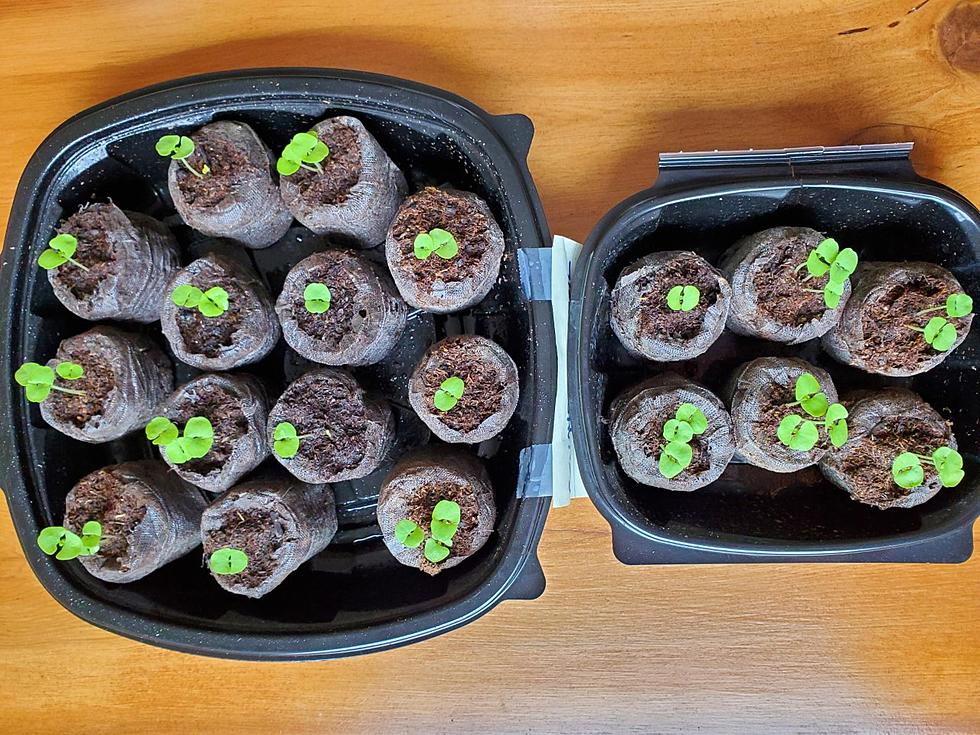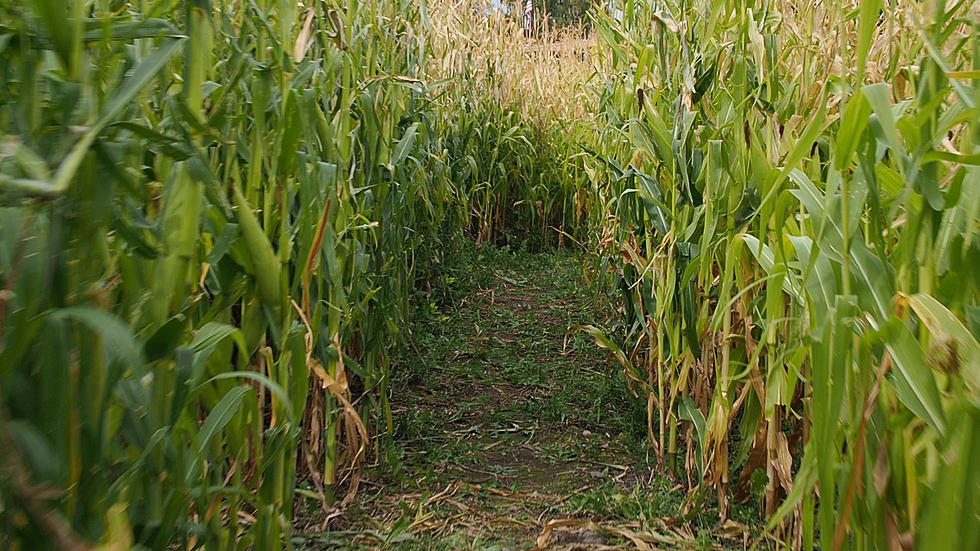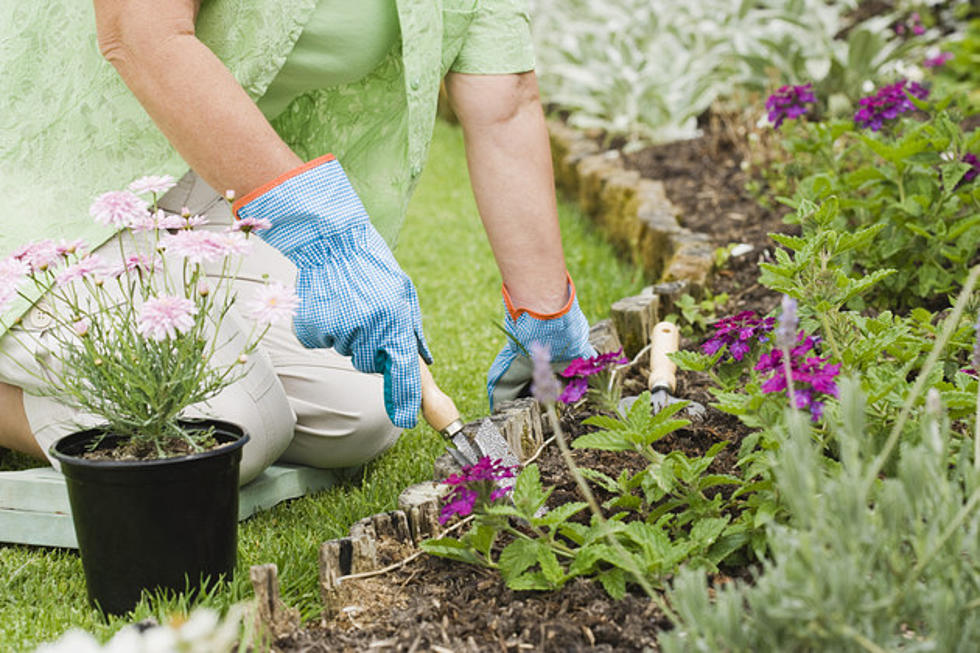
A Guide to Growing Corn in Montana: Tips and Considerations
Nothing adds to a summer BBQ quite like corn on the cob. It's almost become a summer tradition to cruise down the farmer's market and grab a few ears of corn. We'll save the best buttering techniques for a different article!
I wanted to try something new this year and plant corn in our garden. I remember planting and growing corn as a kid, but it never turned out well. The jury is still out, but I must be doing something right because, as the saying goes, my corn was officially knee-high on the 4th of July.
Growing Corn In Montana
While corn is typically associated with large-scale agricultural operations, growing this versatile crop on a smaller scale is possible. You can enjoy the satisfaction of harvesting fresh, homegrown corn with a few considerations and proper techniques.
Corn Varieties
When choosing corn varieties for backyard cultivation, focus on those with shorter maturity periods to ensure ripening before the first frost. Look for early-maturing or sweet corn varieties adapted to cooler climates. Some recommended types for Montana backyard gardens include:
- Early Sunglow: A popular early-maturing sweet corn variety.
- Golden Bantam: A classic heirloom variety with excellent flavor.
- Ambrosia: A popular sweet corn with good disease resistance.
- Luther Hill: A quick-maturing dent corn variety for those interested in grain production.
Tips and Tricks When Growing Corn
Prepare the Soil
- Soil Testing: Conduct a soil test to determine your soil's pH level and nutrient content. This information will guide you in making appropriate amendments to ensure optimal growth.
- Soil Enrichment: Incorporate organic matter, such as compost or well-rotted manure, into the soil to improve its fertility and drainage. Corn prefers well-drained soil with a pH level between 6.0 and 7.0.
Planting Time and Technique
- Planting Dates: Plant corn seeds when the soil has warmed to at least 50°F (10°C), typically in late May or early June in Montana. Watch for the last frost date in your specific area and plant accordingly.
- Spacing and Depth: Plant corn seeds in blocks or rows to ensure adequate pollination. Space the seeds about 8-12 inches apart, with rows separated by 30-36 inches. Plant the seeds approximately 1-2 inches deep.
Care and Maintenance
- Watering: Corn requires consistent moisture, particularly during pollination and ear development. Aim to provide about 1 inch of water per week through rainfall or supplemental irrigation. Water deeply to encourage strong root development.
- Fertilization: Apply a balanced fertilizer according to the soil test recommendations or use organic alternatives like compost or well-decomposed manure. Apply the fertilizer before planting and side-dress as the plants grow taller.
- Weed Control: Keep the area around your corn plants weed-free to minimize competition for nutrients and water. Hand-pulling or carefully using a hoe are effective methods for weed control.
- Mulching: Consider applying a layer of organic mulch, such as straw or wood chips, around the base of your corn plants. Mulching helps conserve moisture, suppresses weeds, and moderates soil temperature.
Protecting Corn from Pests and Diseases
- Pest Management: Monitor for common pests such as corn earworms, cutworms, and aphids. Hand-picking and using organic insecticides or natural pest control methods can help manage infestations.
- Disease Prevention: Proper plant spacing, good air circulation, and avoiding overhead watering can help reduce the risk of fungal diseases. Monitor for common corn diseases like rust or gray leaf spot and take prompt action if necessary.
Harvesting
- Sweet Corn: Harvest sweet corn when the silks have turned brown, and the kernels are plump and milky. Gently pull back the husk and pierce a kernel with your fingernail. If the liquid inside is milky, it is ready for harvest.
- Dent Corn: Harvest dent corn when the husks have dried and turned brown, and the kernels are hard and fully mature. Allow the corn to dry in the field for a few weeks before harvesting.
What Grows Well in a Montana Garden?
Plant Some Of These In Your Garden to Keep Mosquitoes Away
More From 94.9 KYSS FM









